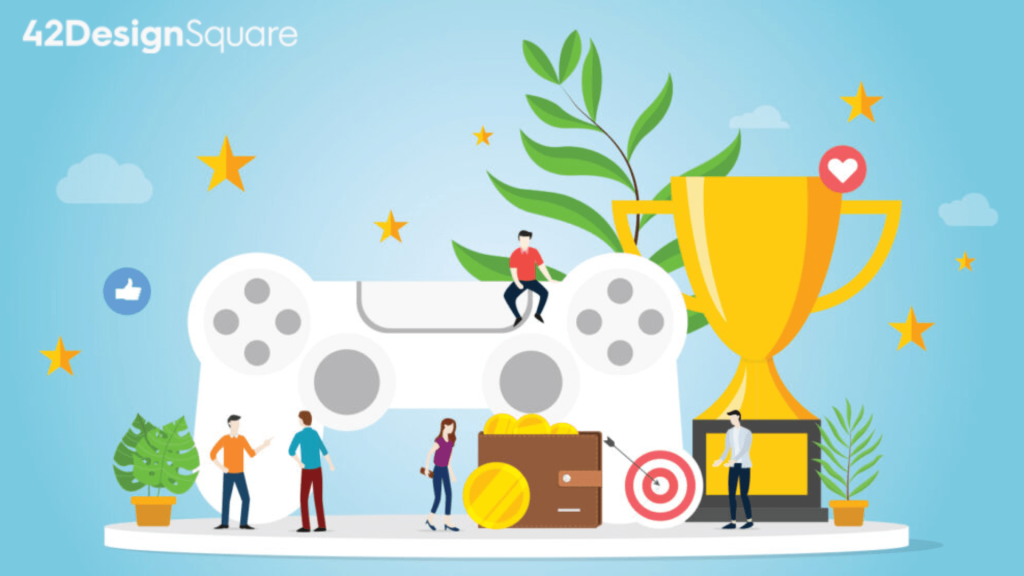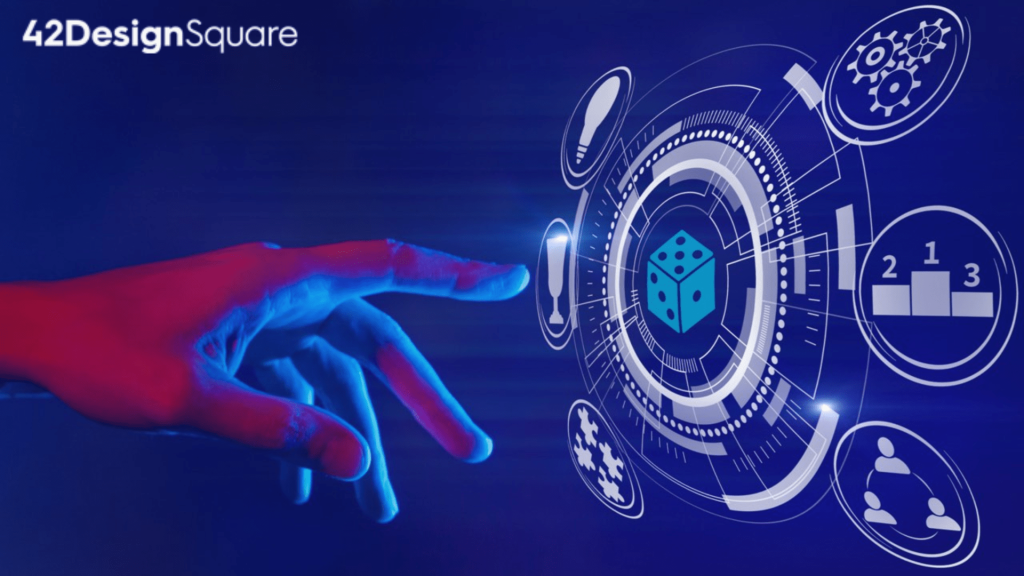5 Game-Based Learning Strategies That Skyrocket Employee Engagement
Corporate training often feels boring. Slides, long lectures, and endless quizzes can leave employees detached and unmotivated.
So what’s the fix?
Game-based learning strategies are transforming training programs worldwide. By connecting fun, challenge, and interactivity, organizations see higher engagement and better results.
Let’s review five strategies that work.
1. Leaderboards That Spark Healthy Competition
Competition naturally motivates employees to do better.
Why it works: People enjoy comparing their own progress against peers. It builds enthusiasm and accountability.
Try this:
- Exhibit scores for completed modules.
- Categorize employees by training completion speed.
- Spotlight top performers in weekly updates.
Buy-in benefit: Leaderboards increase participation and make training an enjoyable, shared challenge instead of a lonely task.
2. Interactive Training Simulations
Real-world practice and application of information beats passive reading.
Why it works: Simulations let employees make decisions in sheltered, controlled environments. Mistakes become lessons, not risks.
Try this:
- Generate role-play simulations for sales teams.
- Operate branching scenarios for customer service training.
- Run compliance simulations for regulated industries.
Buy-in benefit: Employees tend to remember more because they learn by doing. Retention rates reach 75%, as compared to just 10% for lectures.

game-based learning strategies
3. Rewards, Badges, and Recognition
Recognition feels good and generates a “Yay” feeling.
Why it works: Employees want to see progress. Rewards inspire consistency and reinforce positive learning behaviors.
Try this:
- Reward digital badges for milestones.
- Unlock rewards after concluding modules.
- Use recognition boards in company meetings.
Buy-in benefit: Corporate gamification designs visible progress. Employees feel thrilled to share achievements, which boosts morale and motivation.
4. Storytelling and Role-Playing Games
Stories stick.
Why it works: Humans relish stories, characters, and plots better than dry run-of-the-mill information. Role-playing games create emotional investment in the training process.
Try this:
- Build quests where employees answer real business problems.
- Create customer service tales with multiple outcomes.
- Let learners “become” owners in simulated challenges.
Buy-in benefit: Employees feel engaged because training feels like an adventure, not a boring lecture.
5. Social Gamification Elements
Learning improves when people join forces.
Why it works: Group learning forms camaraderie, encourages teamwork, and makes training more enjoyable.
Try this:
- Arrange team-based challenges.
- Run group problem-solving pursuits.
- Use peer-voted recognition for ingenuity.
Buy-in benefit: Employees build stronger workplace connections while progressing with critical skills together.
Quick Recap
Here are the five strategies to escalate employee engagement:
- Leaderboards for motivation
- Interactive training simulations
- Rewards and badges
- Storytelling and role-playing games
- Social gamification elements
Each strategy ushers fun, focus, and impact to training programs.

employee engagement
Case Study: When Gamification Remits Results
A global IT company adopted leaderboards and simulation-based training.
- Compliance course completion boosted by 40%.
- Employees divulged higher satisfaction with training programs.
- Managers considered improved confidence in applying skills at work.
The lesson? Fun training is equal to effective training.
Why This Matters for Your Business
Employee engagement directly affects productivity and retention. Traditional training solo is no longer enough.
Game-based learning strategies:
- Surge knowledge retention
- Improve employee morale
- Boost confidence and teamwork
- Provide measurable ROI
This isn’t just about fun, it’s about building a proficient, motivated workforce.
How 42 Design Square Can Help
At 42 Design Square, we specialize in generating:
- Custom interactive training simulations
- Engaging corporate gamification solutions
- Mobile-ready microlearning modules
- End-to-end learning experience design
We merge creativity with technology to make training practical, memorable, and measurable.
Ready to revise training for your workforce?
Let us build a gamified learning prototype in just 42 hours.
Contact 42 Design Square today and get started.
.
Frequently Asked Questions
What are game-based learning strategies in corporate training?
Game-based learning strategies use game elements like leaderboards, simulations, badges, and storytelling to make training more interactive and engaging.
How do game-based learning strategies improve employee engagement?
They motivate learners through competition, rewards, and role-play, making training more enjoyable, memorable, and effective.
What is the role of interactive training simulations in learning?
Interactive training simulations let employees practice real-world scenarios in a safe environment, improving decision-making and retention.
How does corporate gamification benefit businesses?
Corporate gamification increases participation, boosts knowledge retention, builds teamwork, and delivers measurable ROI in training programs.
How can companies implement game-based learning strategies effectively?
Businesses can partner with eLearning experts like 42 Design Square to design customized simulations, gamified modules, and mobile-friendly learning solutions.







